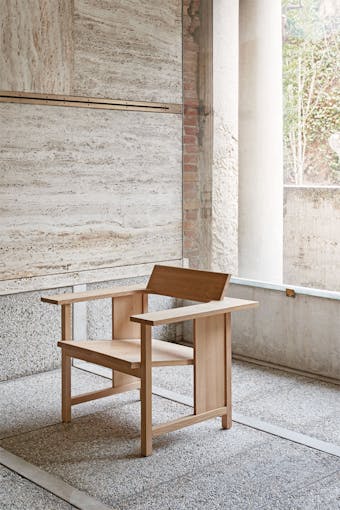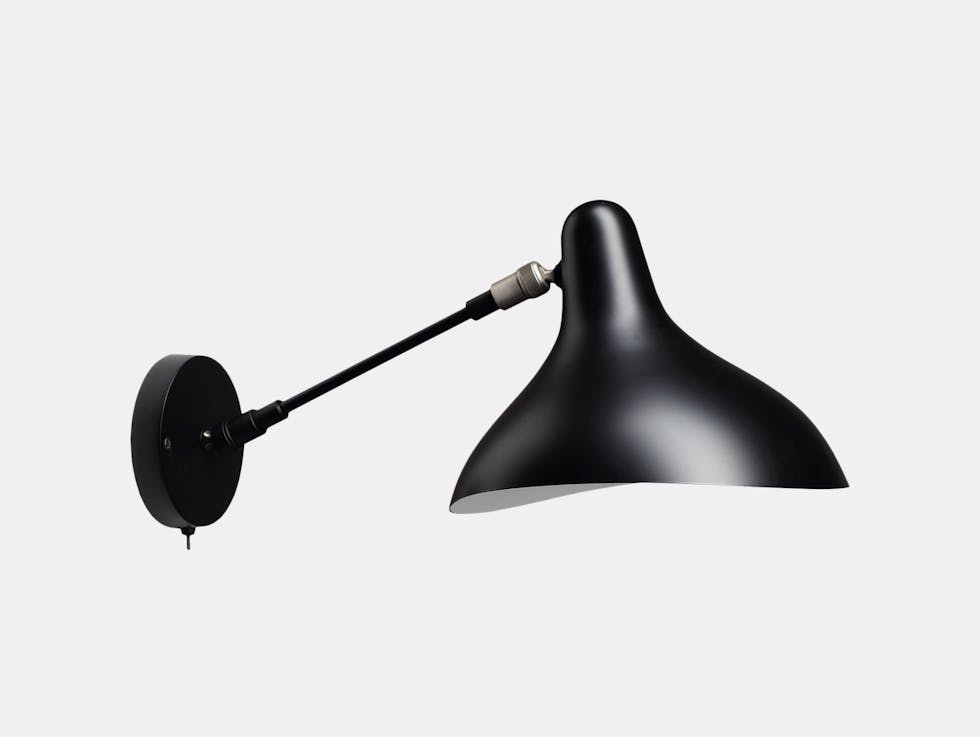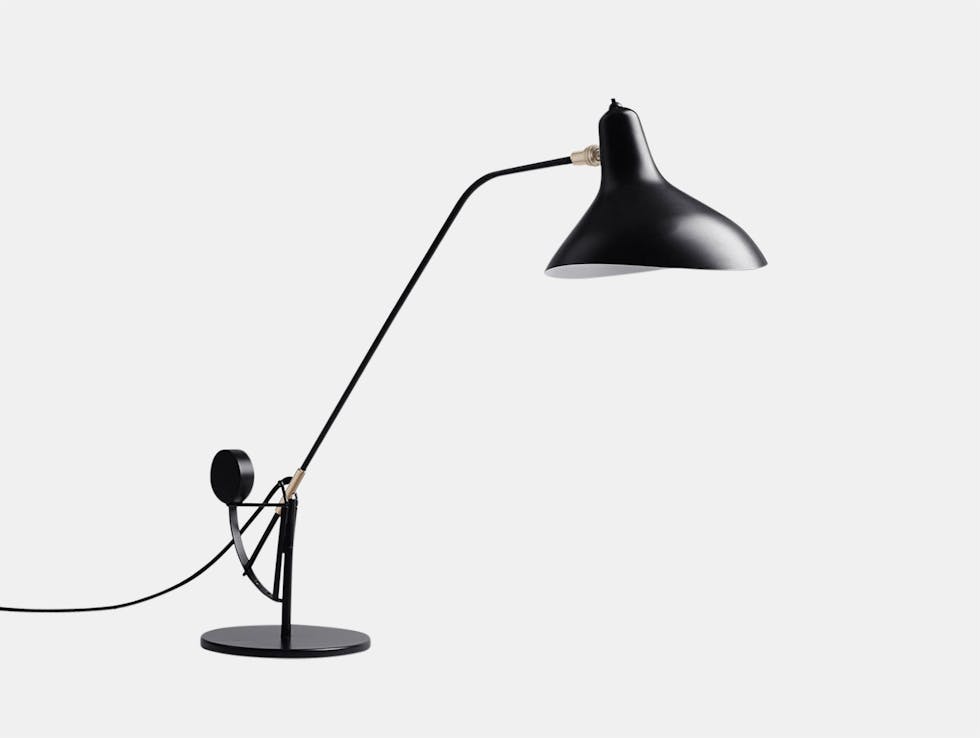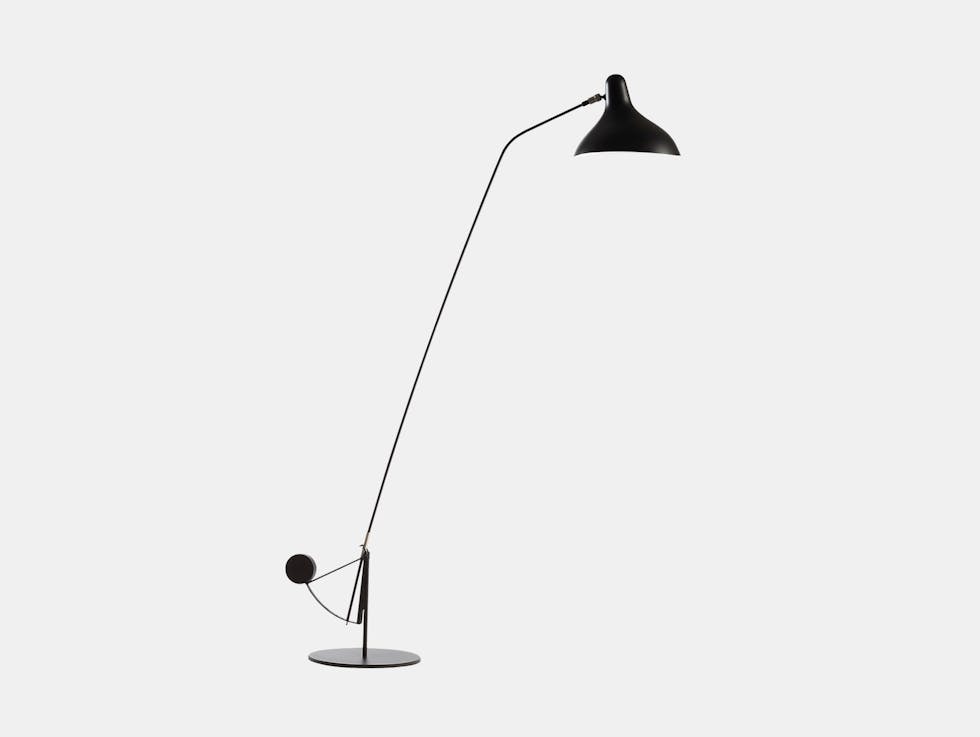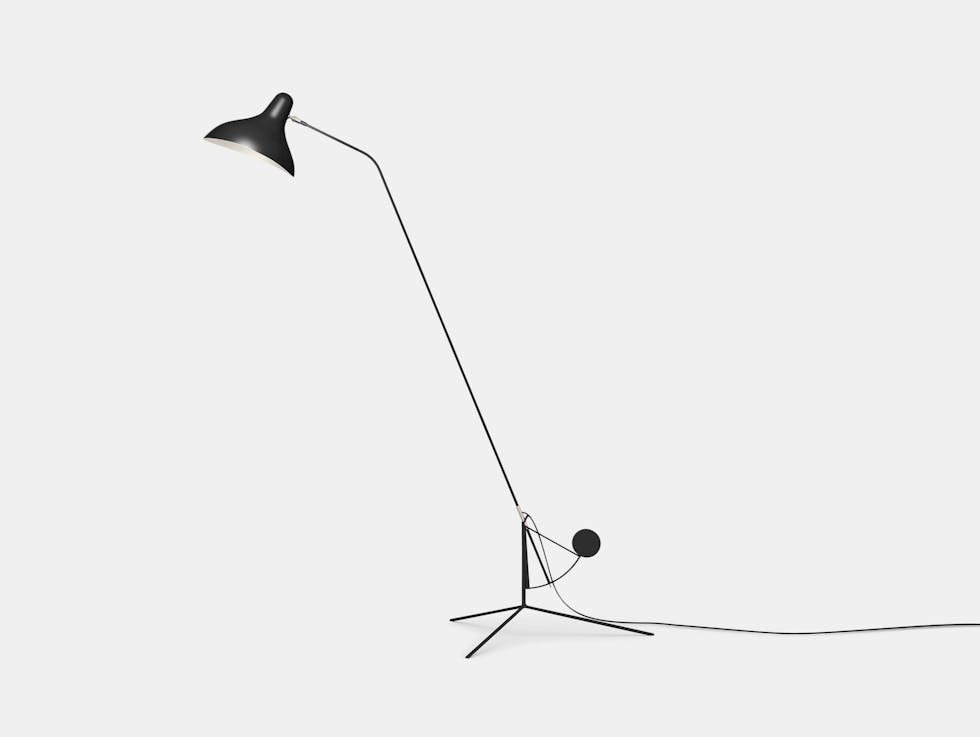Bernard Schottlander
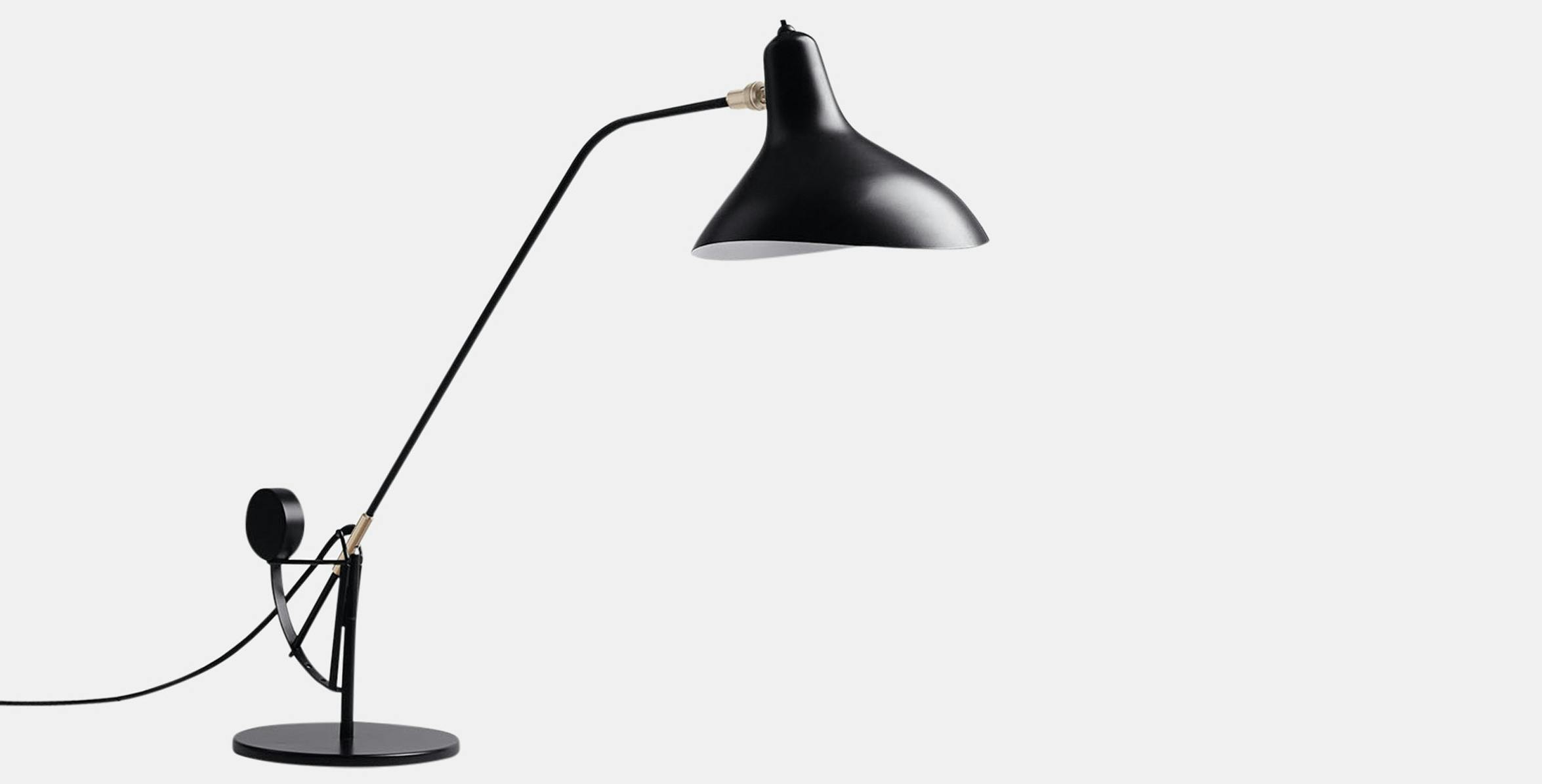
Bernard Schottlander was a man whose life trod the path between art and design in much the same way his objects did.
From his earliest years Bernard Schottlander was surrounded by art. He was born in Mainz, Germany in 1924 to a family of art enthusiasts who owned pieces by Klee, Baumeister and Kandinsky amongst others.
The rise of Nazism and the resulting persecution of the German Jewish population caused Schottlander to flee to England in 1939. He arrived in Leeds, where he took up work as a welder in the wartime factories, whilst simultaneously taking evening classes in sculpture. In 1944 he served as part of the British Army in India. Upon his return he earned a grant to study sculpture at the Anglo-French Centre in London. This was followed up by a spell at Central School of Arts and Crafts learning Industrial Design. Schottlander's dual paths in these related but very distinct fields would form the basis of his entire career.
Schottlander also found inspiration beyond the art that was the backdrop to his youth. Such sources included later Bauhaus luminaries such as Lazlo Moholy-Nagy and his fellow photographers of the 'New Objectivity'. The inspiration for the Mantis lights can be seen clearly in the mobiles of Calder, the interplay of balance and imbalance is realised both in the movement of the shade and in its counter-weighted body. A fascination with nature also played a role; the lamp is not just Mantis by name but also in its distinct biomorphic appearance and movement.
